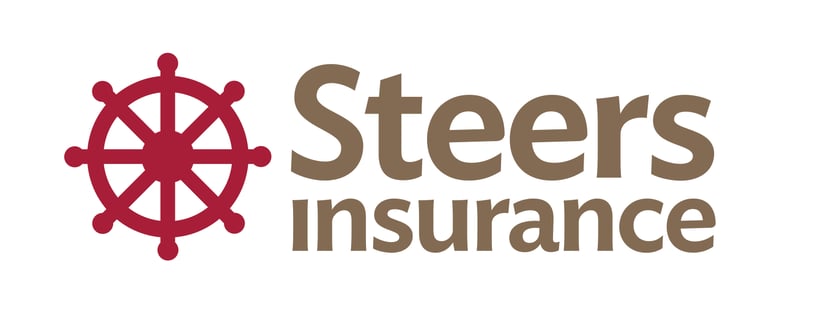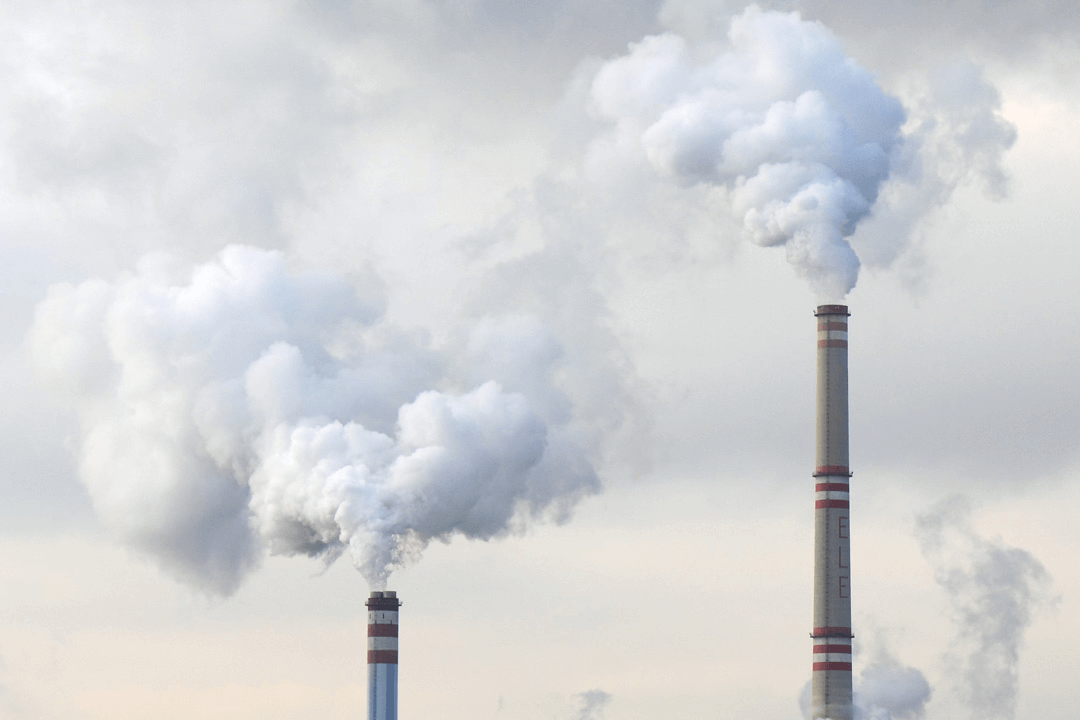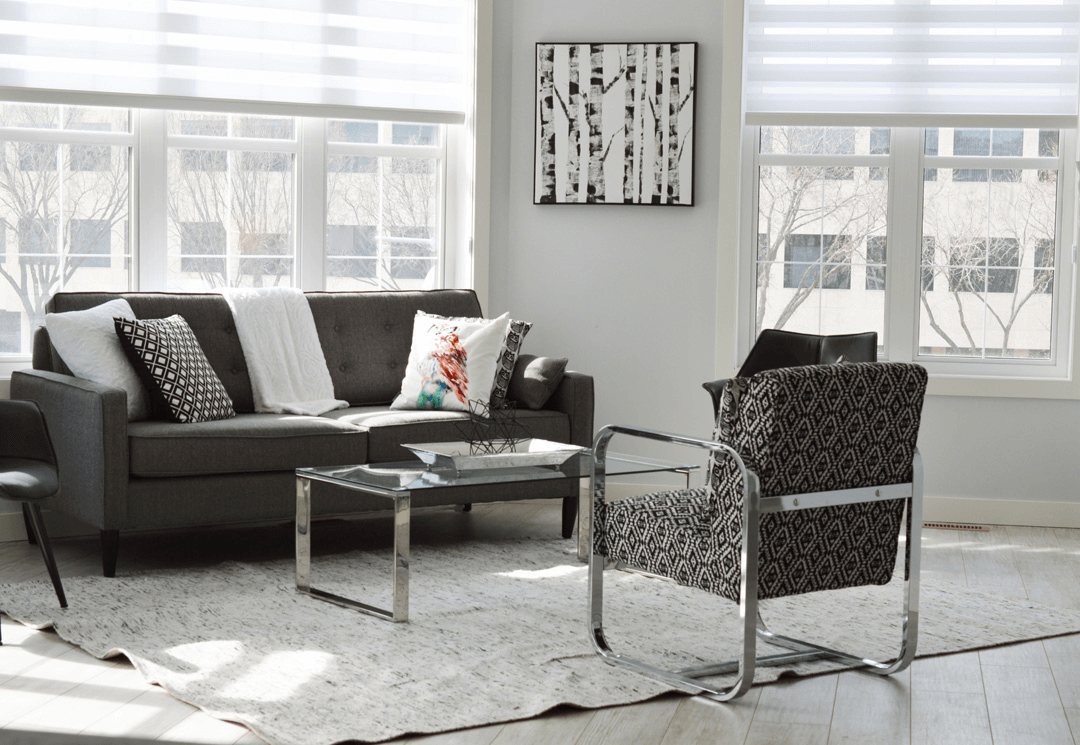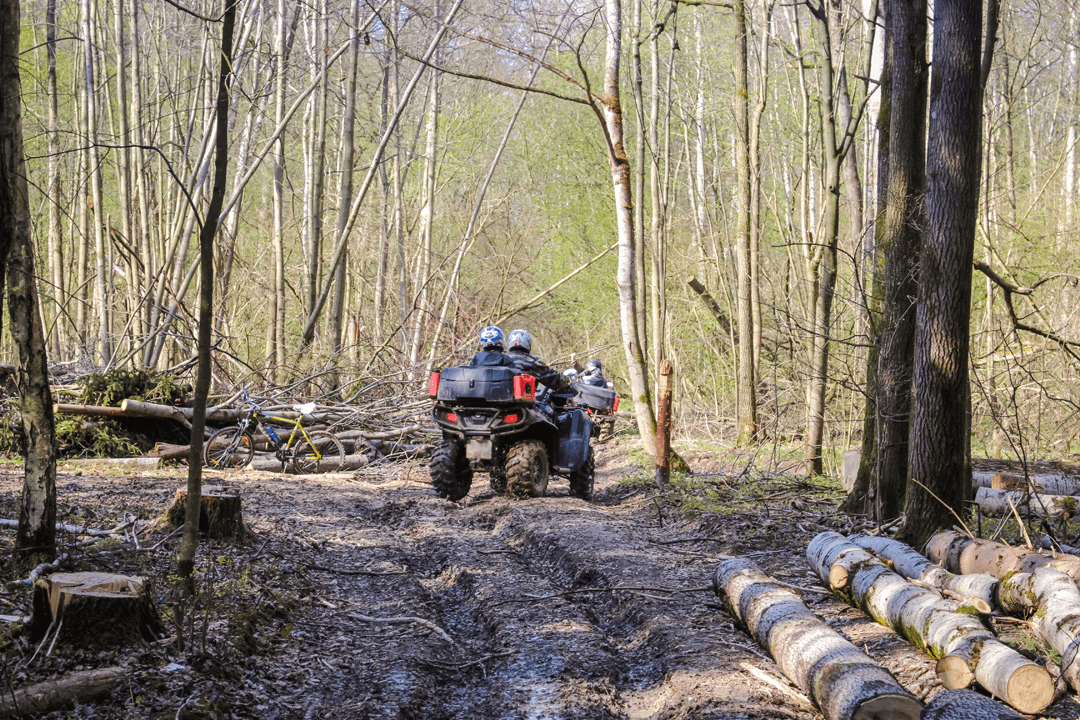In 2021, Canada experienced a record-setting heat wave and an early start to the wildfire season. B.C., in particular, battled over 1,600 wildfires last season – causing devastation to people’s homes, communities and local wildlife in the affected areas.

With the rise in global temperatures comes the frequency and severity of natural catastrophes such as wildfires. These fires can impact wildlands as well as urban interfaces, and will often strike where these two ecosystems meet.
This has been demonstrated with large-scale impacts, such as the Lytton, B.C. fire of 2021 that burned the entire village to the ground leaving residents displaced and still recovering today. And the Horse River fire in Fort McMurray, Alberta destroyed infrastructure and forced the evacuation of almost 80,000 people from their homes in 2016.
This year, “Canada is seeing a subdued start to the wildfire season thanks to a cooler and wetter spring than usual, but (we) should be prepared for an increase in fire activity heading into the summer,” experts say.
When faced with such unstoppable destruction, how can Canadians prepare in advance to keep themselves and their property safe?
1. Know if you live in a high-risk area
Canada is home to about nine percent of the world’s forests. And while fire plays an essential role in forest renewal, more of those fires are burning closer to people’s homes and communities. Since 1990, wildfires across Canada have consumed an average of 2.5 million hectares a year, according to NRC. And fire suppression costs add up, ranging from $500 million to $1 billion a year.
It's more important than ever to focus on fire prevention to personal property, especially in high-risk areas. And the best protection against loss, damage or injury is prevention and mitigation, according to the Institute of Catastrophic Loss Reduction (ICLR).
“The knowledge exists to make homes less vulnerable to wildfire. Firewise homes have a survivable landscape and use appropriate building materials. Investments of a few hundred dollars can significantly reduce the risk [of] wildfire damage,” according to an ICLR report on trends in wildfire events in North America.
So how do you know if you live in a high-risk area?
If your home or community is surrounded by brush, grassland or forest, then you’re at higher risk for wildfires, which typically occur from May to September. The NRC’s Canadian Wildland Fire Information System monitors fire danger across Canada 24/7, and includes an interactive fire map with up-to-date reports.
2. Carefully consider your building materials
Various organizations are working alongside insurers to provide resources— to both builders and homeowners — with the aim of constructing fire-resistant homes.
For example, the National Research Council of Canada has published a National Guide for Wildland-Urban Interface Fires – the first of its kind for Canada. The Wildland-Urban Interface (WUI) refers to an area where houses and human developments meet with vegetation. When wildfires spread to these areas, the consequences can be extreme. The guide is designed to mitigate losses by improving the resilience of infrastructure and communities.
The ICLR has also championed the adoption of WUI (Wildland Urban Interface) provisions in national building codes, working closely with partners like the National Fire Protection Association (NFPA) and FireSmart Canada (which offers the FireSmart Begins at Home app for self-conducted home assessments).
One of the biggest issues for homeowners is sparks and embers. Burning debris can be thrown up to two kilometres ahead of a wildfire, according to FireSmart, which can ignite materials on your home. Adding fuel to the fire, radiant heat from a wildfire can melt vinyl siding and even break windows, while direct flames will ignite any flammable objects in their path.
If you’re building new (or reconstructing a home due to fire loss), be sure to ask your contractor about specific construction materials and practices that can mitigate damage and loss from wildfires. Fire-resistant construction materials include fibre-cement siding in place of vinyl or wood shake siding, asphalt shingles in place of wood shake roofs, and concrete patios in place of wood decks.
These days, construction materials are highly sophisticated. Steel, for example, can be made to look like wood grain, giving it the appearance of wood with the fire-resistance of steel. Using innovative design materials, homeowners don’t necessarily have to give up aesthetics for safety.
You should also create a non-combustible zone up to 1.5 metres around your home. This means clearing that area of any materials that could easily ignite from a wildfire. FireSmart recommends reducing shrubs and evergreen trees within 10 metres of any buildings on your property, thinning and pruning trees within 10 to 30 metres of your home and ensuring powerlines are clear of tree limbs.
Renovations, upgrades and regular maintenance can make an existing home less vulnerable to wildfires. This may require a major renovation, like replacing your roof. At the same time, some best practices are simple and cost-effective, such as regularly cleaning out your gutters.
3. Follow a checklist to make your home more fire-resistant
While there are many ways to limit the damage of wildfires, the average homeowner can tackle some of these measures on their own. Here’s a checklist of things you can do right now to further protect your home.
- Windows: Replace single-pane windows with tempered, thermal (dual-paned or multi-paned) windows, since the heat from an advancing wildfire can break single-pane windows. Metal screening can also reduce radiant exposure and protect against ember entry.
- Doors: All doors on your home and outbuildings — including entry doors and garage doors — should be fire-rated and have a proper seal.
- Gutters and eaves: It’s a dreaded task, but very important to regularly clear gutters of buildup from leaves, branches and other debris. These can easily be ignited by sparks or embers. If possible, use non-combustible gutters and downspouts (such as aluminum) and screen your gutters with metal mesh to avoid the accumulation of debris in the first place. For open eaves, use properly fitted soffits and fascia to reduce the risk of embers and direct heat reaching wooden rafters.
- Vents: Even a small unprotected opening can cause major destruction. Vents create an opening for sparks and embers into your home. To safeguard against this, install fire-rated vents to prevent their entry. Then enclose or screen over those vents and any other service openings to reduce the risk of drifting embers accumulating inside your home.
- Siding: Untreated wood and vinyl siding offers little protection against fire. Instead, opt for stucco, brick, concrete, metal siding or fibre-cement siding, which all offer superior fire resistance. (Logs and heavy timbers can also be effective.) Ensure the start of your siding is a minimum of 15 centimetres above the ground to provide adequate ground-to-siding clearance.
- Roofing: Install a fire-rated roof such as metal, asphalt, clay or composite rubber tiles. Untreated wood is combustible, but also leaves crevices where embers can enter your home and start a fire. Be sure to finish soffits, eave projections and roof projections with non-combustible material. And as part of ongoing maintenance, regularly clean your roof of combustible materials, such as fallen debris from surrounding trees.
- Chimney: While it’s nice to curl up in front of a cozy fireplace or wood stove, don’t forget where the sparks and embers can end up. To reduce the chance of your chimney sending ‘firestarter’ outside onto buildings and brush, add a spark arrestor to your chimney.
- Decks and balconies: If you’re building a new deck or renovating one, choose non-combustible deck boards. Then be sure to sheath in the base of your deck with fire-resistant material to reduce the risk of sparks and embers igniting your home. Or, consider a concrete patio.
- Fences, walkways & boardwalks: A wooden fence or boardwalk can lead a fire directly to your front door. It’s a direct route for Mother Nature to steer toward your home. To deter this from happening, add a metal gate to create a separation between your house and wooden fencing.
- Lawn: As for your landscaping, keep that tidy and the lawn mowed. This is particularly important for grass along your fence lines, which can dry out and add opportunities for wildfire to encroach on your property.
- Sheds and outbuildings: For any buildings that are within 10 metres of your home, make sure you follow the same checklist and precautions. This includes the sheds, garages, workshops, outhouses and cottage bunkies.
Most home insurance policies (as well as auto, condo, tenant, farm and commercial) cover damage caused by wildfire. Talk to us about what types of fire damage are covered under your policy, since some specific types of damage can be excluded or have specified limits. While it’s important to mitigate risk, it’s also important to make sure you’ve got the right coverage if the worst-case scenario does occur.
With thanks to Wawanesa Insurance for their editorial contribution.


 ;
;
 ;
;
 ;
;
 ;
;
 ;
;
 ;
;
 ;
;


